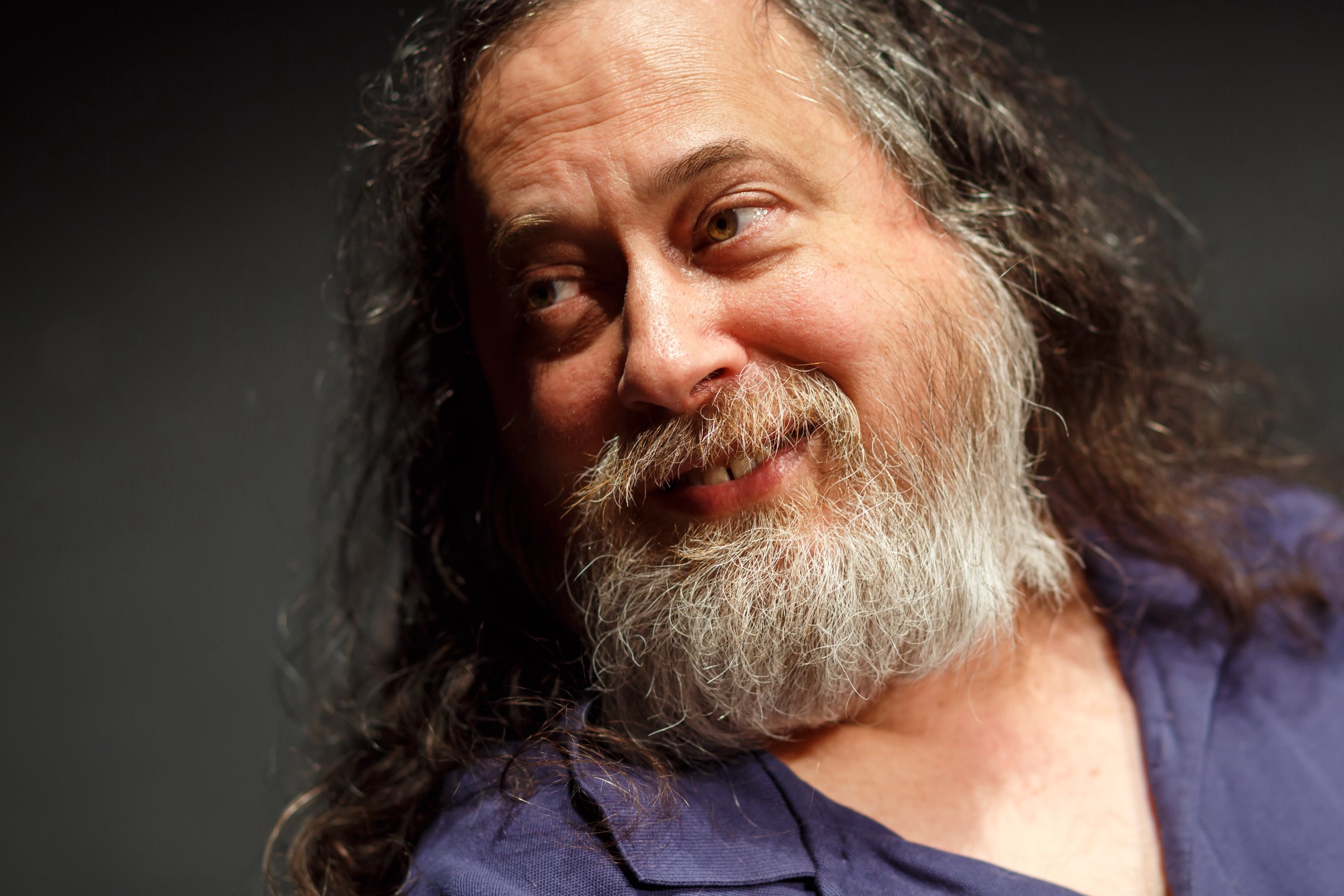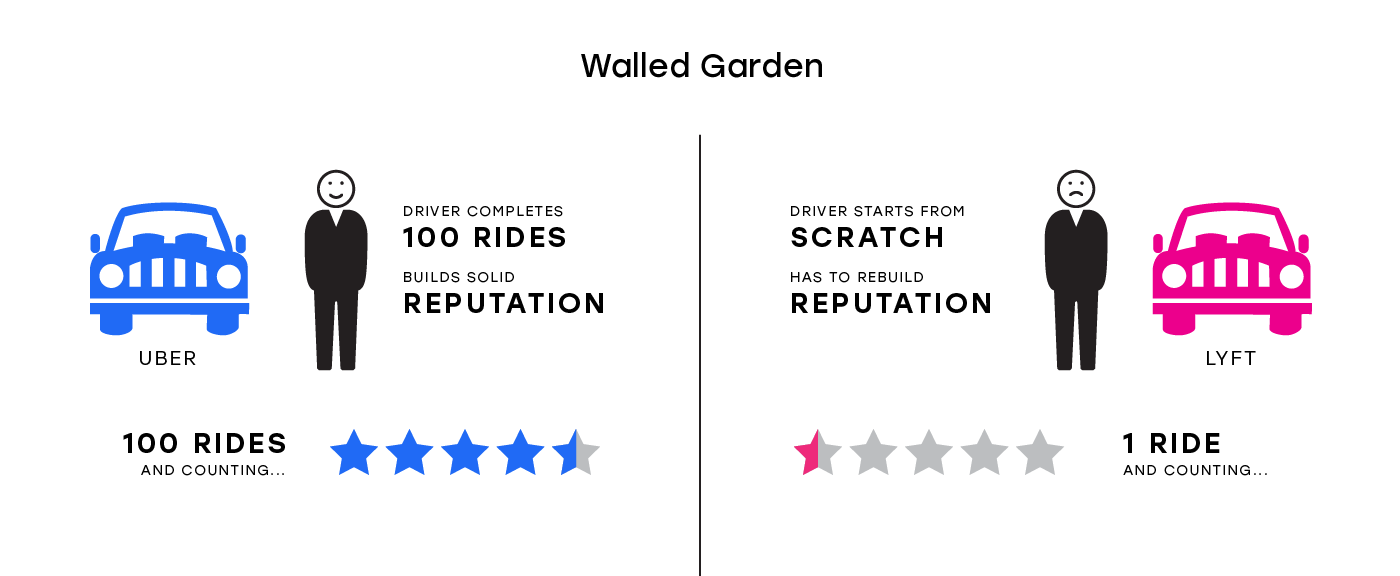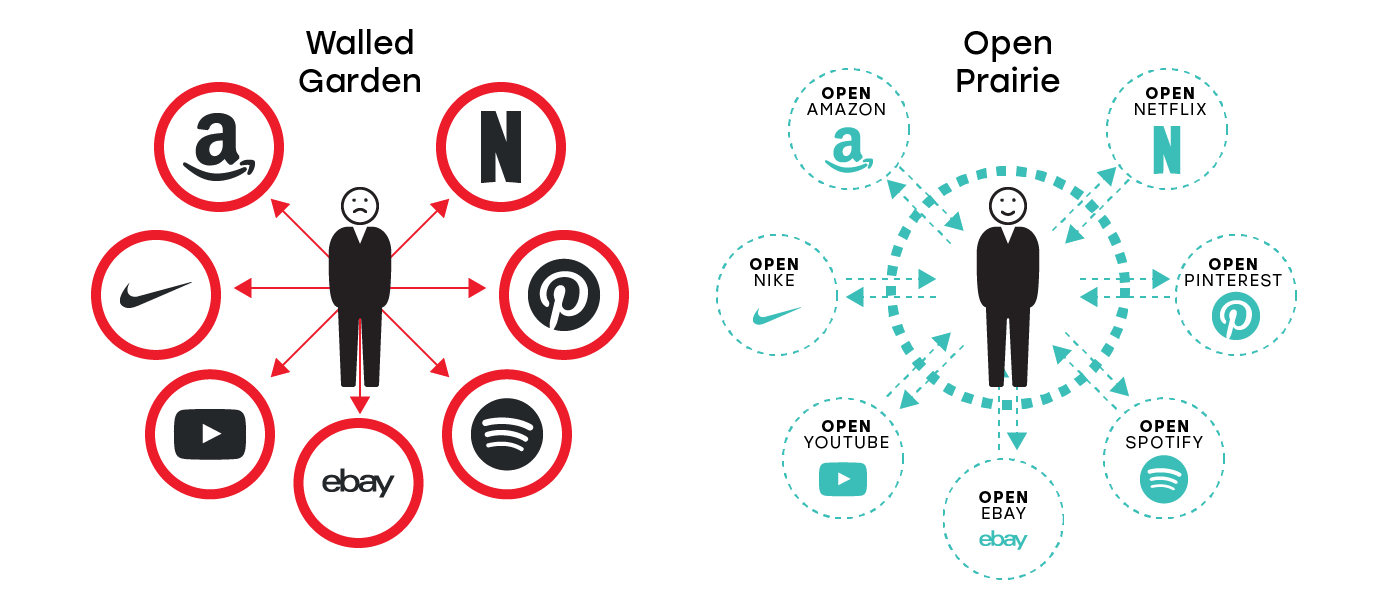The problem of software innovation: from the past to the present

Long ago, the main obstacle to innovation in software development was access to computers.
As computing became more widespread and the software industry became an important part of the economy, the obstacle to innovation in software development was not the lack of access to computing (since computers appeared everywhere), but a new phenomenon: in the pursuit of profit, corporations began to restrict open access to BY.
People like Richard Stallman started to fight it.
Richard Stallman leads the Free Software Movement, which shows how developers of proprietary software restrict users' freedom, as well as identify surveillance and manipulation of such software, and campaigns to replace proprietary software with free software.
The articleOn Why Software Should Be Free, Richard Stallman argues that software development should be treated separately from software distribution or modification . He cites several examples of how preventing the distribution or modification of software harms society: fewer people can use it, no one user can adapt or fix it, and other developers cannot learn from the software or create new projects based on it.
Richard Stallman emphasizes in his writings that the value transition between consumer and producer must be recognized, quantified and transparent in order to allocate resources efficiently.
For example, Facebook earns $ fn (x) from each user through their digital fingerprint, and the user receives $ fn (y) from Facebook for affordable and reliable social interaction services based on the user's usage. If Richard Stallman needed to design such a value transition, then Facebook would have to pay the user some small amount for each interaction in which the company collects user data, and the user would have to pay Facebook some small amount for each of their actions. ...
The idea is good, but the reality, unfortunately, turned out to be not exactly what Stallman had envisioned it.
Reality: not only the code is closed, but also the data
Unfortunately, the open source movement has not (yet) won. Even though open source, as an industry, is now bigger than ever, most of the code is still closed due to the fact that the software creator can get more income from the ecosystem by prohibiting the free use of his software.
It is important to note that as the software industry develops, these systems become more important than the software itself. Data is information about the users of the application and about the web service itself, which is constantly updated depending on how people use it.
Denis Nazarov from Andreessen Horowitz in his articleon “What comes after open source?” noted that the move from offline personal software tools (eg Excel, Photoshop) to web services (eg Spotify, Netflix, Uber, Instagram) resulted in one key difference : in the first case, users store their own data, and in the second, the web service stores data for the user. This led to the consolidation of control in the hands of services that accumulated data from their users (for example, databases containing all information about the users of the service).
Over time, the data of this service becomes more important than the actual code that runs this web service. As users create more and more data (which the system currently has access to), the service becomes more useful and attractive to new users, thereby continuing to increase the amount of data. This creates a vicious circle and puts even more control in the hands of the web services.
For example, Spotify improves music recommendations with an algorithm that analyzes listening data, thereby improving the user experience. As a result, more users join Spotify, which in turn generates even more data for Spotify and then further improves the product and user experience.
It's like a flywheel: the more data you have as a service, the more valuable you are in the long run. This is how Facebook-Amazon-Netflix-Google became such powerful companies.
2019: innovation is dead?
Today, consumer web and cloud services are pretty close to oligopolies. This is bad for the end consumer and for innovation in the market in general. Ben Thompson in his aggregation theorywrites that “The Internet has fundamentally changed the competitive landscape: distributors no longer compete based on exclusive relationships with a supplier, thinking consumers / users last. Instead, suppliers can be made a commodity by making consumers / users a top priority. More broadly, this means that the most important determinant of success is user experience. The best distributors / aggregators / market makers win by providing a better experience, which brings them more consumers / users, and attracts more suppliers, while improving the user experience in a favorable circle. ”
This also means that data stored on systems with a closed state, improve the user experience by helping the dominant service grow its user base even further. At the time of this writing, I have 11 Google apps, 7 Amazon apps and 4 Facebook apps installed on my phone.
In the consumer network, as in the corporate software space, there is an obvious centralization of power.
Ben Thompson recently pointed out that AWS, Azure and other cloud infrastructure services will eat open source companies alive. MongoDB is one example , but obviously there will be many more victims in the future. AWS and Azure will eat up the infrastructure market, while Salesforce, Workday, and ServiceNow will eat up the business apps market.
Distribution is important here: While these vendors benefit from open source every day, they are consolidating power through dominant distribution. They benefit using the same formula as their fellow consumer oligopolists: the more customer data they have, the more products and services they can sell through upselling and cross-selling in the future.
So what do we have?
We have a consumer network controlled by companies that can be counted on the fingers of one hand, and we have an infrastructure cloud increasingly controlled by about the same number of vendors.
With this kind of consolidation, it is very difficult for innovation to emerge outside of these companies.
If you are an aspiring entrepreneur in the consumer web or enterprise software, it will be very difficult for you to find users.
Exit
A new technology has emerged that will expand the possibilities for software innovation.
What if we take Richard Stallman's ideas about open source software and implement them? And let's go even further: what if we also make the state data public and available to every web service?
There is a mix of incentives and technology that can create such a world.
Introduce a new kind of computing.
According to Vitalik Buterin's definition, this type of computing is decentralized in architecture and policy, but centralized logically.
It is architecture decentralized because it is made up of many computers that communicate with each other. It is decentralized in politics because a huge number of people or organizations control the computers that make up this system. It is centralized logically, because there is only one state agreed by all and the system behaves like one computer.
What are the advantages of such a decentralized computer?
- Users can see the source code that runs on the backend;
- All public data is in the public domain for everyone;
- And most importantly, it could drive the biggest wave of innovation the software industry has ever seen, because all open services will talk to each other and exchange data.
Let's call this last property “service composability”.
Composability?
If we take Richard Stallman's approach to open source and apply it to open services, the world will change beyond recognition.
Based on Stallman's teachings, it's important for developers to interact and reuse code openly.
If we transfer this same idea to web services, it will allow different services to use each other's data, in turn allowing developers to reuse web services, talk to each other, and improve each other's work.
Let's see how this can work.
Example 1: open services in the fight against censorship
Imagine a driver who has driven 100 Uber rides and achieved a brilliant reputation. Imagine a scenario in which Uber censors a driver for a false complaint, completely deleting their reputation data in the process.
If there were OpenUber, which was built on open data so that the service could communicate with other similar services, this driver could transfer its reputation to OpenLyft, OpenInstacart, OpenDoorDash and other web services available without additional registration, KYC or, more importantly, without any risk of loss of reputation. This allows all services to be interoperable and reusable for other interfaces and businesses, making the user reputation portable too. It also protects users from subjective censoring.

Example 2: Open Data to Improve the User Experience
Imagine a world in which a user stores their data. The user can provide access to their data in exchange for a customized experience, thus creating a mutually beneficial relationship.
For example, I share my OpenAmazon purchases with OpenNike.com and thus allow OpenNike.com to customize my shoe shopping experience based on the past shoe purchase history that is available on OpenAmazon.
In such a world, I own the data, not the corporation I work with. I provide access to data in exchange for a differentiated user experience. This is my decision, not the corporation.

Conclusion
Sounds like a future that I would really like to be a part of.
To do this, we must create a new computing paradigm that allows us to create scalable, decentralized and open services in minutes using intuitive development tools.
This new kind of computing has the potential to create such a future while expanding today's limited opportunities for innovation in software development.
There are several projects that are working towards creating the future described in this article. Solid, under the leadership of Tim Berners Lee of MIT, builds a lot of fundamental things. Another example is NEAR , which creates infrastructure for open state applications .and allows such applications to be easy to develop, easy to use and have working business models.
We hope that this article will lead to more projects in this area.
If you have ideas for community driven services and want to work on them, come to our Open Web Collective Entrepreneur Support Program .
Join the NEAR ecosystem and let's build an open internet together!